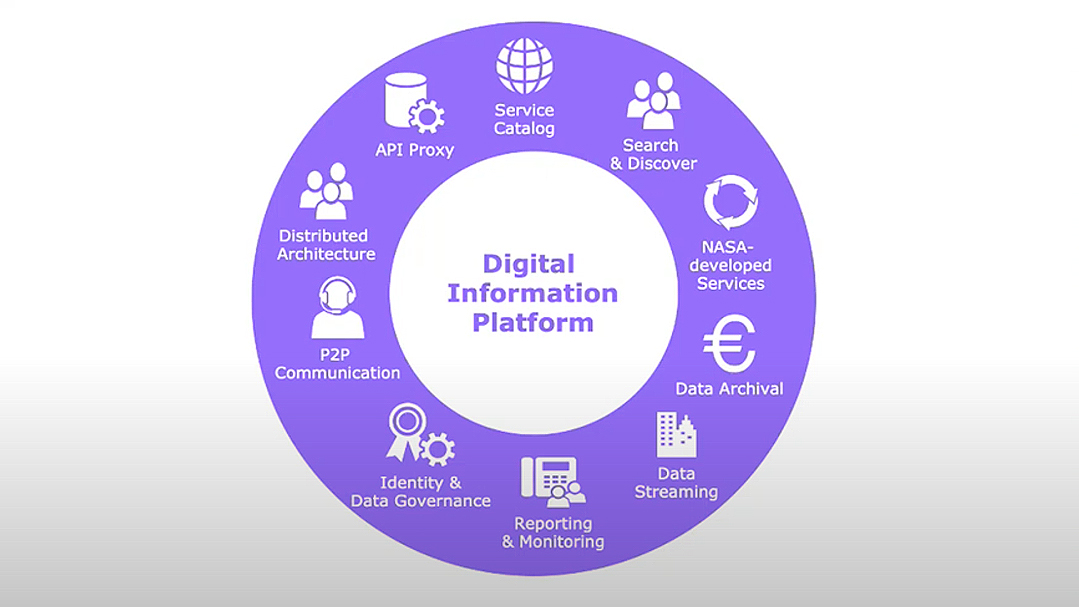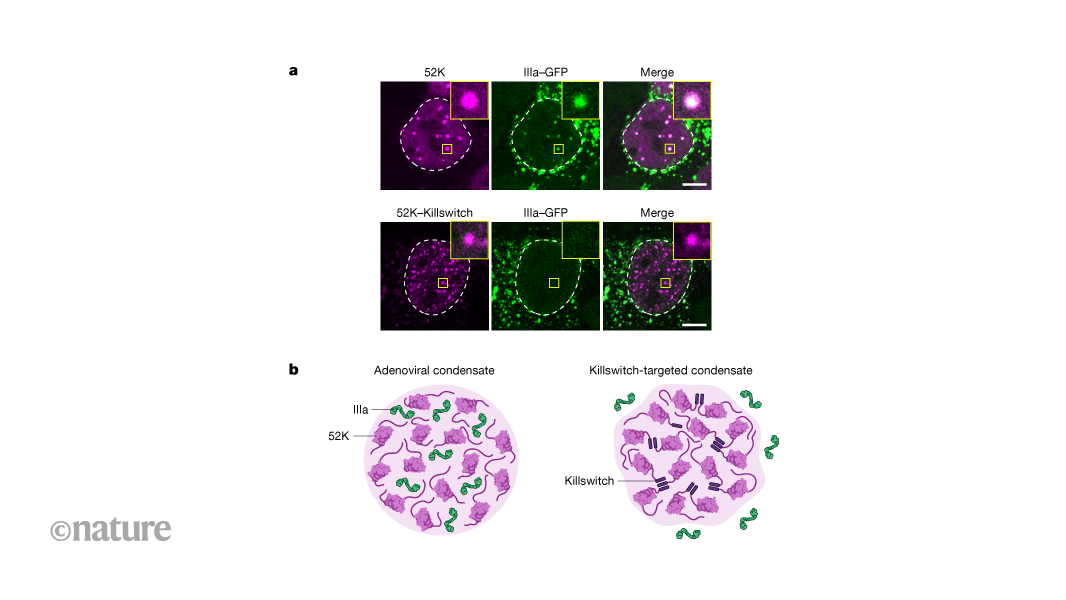More Than Logos: How Strategic Visual Design Drives Word-of-Mouth for Clinics
Clinics and other healthcare businesses often invest heavily in PR but overlook the impact of visual design on patient perception and trust. A well-crafted visual identity means more than having a cool logo. It also encompasses website design, printed materials, social media images, and even staff uniforms. When these elements are aligned, they create a ... Read More


Clinics and other healthcare businesses often invest heavily in PR but overlook the impact of visual design on patient perception and trust. A well-crafted visual identity means more than having a cool logo. It also encompasses website design, printed materials, social media images, and even staff uniforms. When these elements are aligned, they create a cohesive experience that people remember and recommend.
If you run a small clinic, you might think you don’t have the budget to level up your visual design. However, there are plenty of free or low-cost ways to make your visuals stand out.
For example, you can use an image resizer to adapt your graphics for various platforms without sacrificing quality. Take it one step further and apply filters, add text, or experiment with color to bring out the best in every photo. All you need is some creativity and the right tools.
Before getting started, align your visual direction with your branding and marketing strategy. Every image should have a clear purpose and reinforce your message, not just fill space. Here’s why it matters—and how to do it right.
How Visual Design Shapes Your Brand Identity
Visual design involves using compelling visuals, layouts, typography, color, or other elements to enhance a product’s overall aesthetic and functionality. The goal is to create engaging and intuitive experiences that delight customers while improving usability.
These principles can also be applied to services, concepts, or even intangible experiences, ensuring that branding and communication remain visually cohesive.
For instance, private clinics often use clutter-free layouts and soothing colors like soft blue or green to make visitors feel comfortable. Their social media pages feature images of smiling patients, while their printed materials, such as flyers and brochures, maintain the same warm, inviting aesthetic.
This consistency reinforces trust and professionalism, strengthening patient confidence. When patients feel comfortable and valued, they’re more likely to recommend your clinic. The result? A positive brand image, increased loyalty, and higher profits.
According to 2023 research, visual design can enhance perceived brand value when used as part of a marketing strategy. Moreover, it increases product demand and makes it easier to get your message across. At the same time, it elicits an emotional response, influencing consumer behavior and purchase decisions.
But that’s not all. Strategic visual design can also maximize your marketing impact, leading to more effective campaigns and greater engagement. Think of it as a way to increase your reach, nurture leads, and position your clinic as an industry leader.
5 Visual Design Principles and Best Practices
Visual design can be considered a form of art, and mastering it takes time and practice. However, don’t rush into hiring a professional just yet.
From selecting the right fonts to applying color psychology, there are steps you can take on your own to improve visual design. Follow these best practices to get started.
Align Visuals with Strategic Goals
A professional logo, high-quality images, banners, and other visual elements are just tools. Good visual design comes down to how you combine them to tell a story and engage viewers.
With that in mind, ask yourself the following questions:
- Who is your target audience?
- What factors do they prioritize when choosing a clinic?
- Where do your visuals fit in? What is their role?
- How can you make your visuals more accessible and appealing to the target audience?
- What does your unique value proposition (UVP) look like?
- How does your imagery support your UVP and brand messaging?
Let the answers guide your visual design, and treat each image as a puzzle piece contributing to the overall narrative. If you do it right, you’ll build trust and deliver seamless experiences at every touchpoint.
For example, the Mayo Clinic leverages visual content to simplify complex medical topics and reinforce its core values. The diagrams, video explainers, and infographics featured on its site make information accessible to everyone, helping patients feel more secure in their health journey.
Prioritize Simplicity and Clarity
According to Yale University, visual clutter disrupts the brain’s ability to process information, leading to cognitive overload and reduced comprehension. These findings highlight the importance of clean visual design, whether in marketing, healthcare, or everyday environments like homes and offices.
Keep your website, marketing materials, and branding elements simple and intentional. If you’re planning a marketing campaign, stick to one primary message per design asset. Focus on your primary goal and avoid unnecessary details or multiple calls-to-action (CTAs) that might overwhelm your audience.
Create Visual Hierarchy
Arrange visual elements based on their importance to guide the viewer’s eye and convey your message more effectively. This approach ensures a logical structure that helps people make sense of the information being presented.
To create a visual hierarchy, adjust image size, contrast, color, alignment, whitespace, and other characteristics.
For example, bright colors and larger fonts are easier to notice, so you should use them to highlight key points. Similarly, placing critical information near the top of a page or screen increases visibility. Think of how appointment booking buttons are often pinned prominently on clinic websites.
Another strategy is using contrast not just in color, but also in font weight, imagery, and spacing. For instance, a bold headline above a static background image draws attention instantly. Whitespace produces similar results, allowing designers to emphasize specific sections or pieces of information without overwhelming the viewer.
Aim for Visual Consistency
Maintain visual consistency across channels and platforms to improve brand recall. Simply put, your web pages, emails, social media posts, forms, and printed materials should all feel like they belong to the same brand. Inconsistency across these elements can confuse patients and erode their trust.
For starters, create a visual style guide covering logo usage, color codes, typography, and post layouts. Share this document with your marketing and sales teams to make sure everyone follows the same rules.
Take inspiration from Cleveland Clinic, which maintains a cohesive visual style across all platforms. Whether you visit its website, social media pages, or physical locations, you’ll see the same logo, fonts, color palette, and layouts. This allows patients to immediately recognize the brand, regardless of where they interact with it.
Design for Accessibility
You can have a great website and stunning visuals, but they won’t help much if they are not accessible. With over one billion people worldwide experiencing some degree of visual loss and millions more living with hearing impairments, it’s crucial to ensure your content meets accessibility standards.
Always use descriptive alt text, legible fonts, high contrast, and visual hierarchy. Also, provide clear labels for form fields to make them accessible to patients relying on screen readers. Apart from that, it’s a good idea to add captions and transcripts for multimedia content, such as videos and reels.
Not sure where to start? Audit your website, printed materials, and graphic elements with an accessibility checker. Make sure you also review the Web Content Accessibility Guidelines (WCAG), which outline the exact steps you can take to enhance usability for all users, including those with physical impairments.
These small but impactful changes can strengthen your brand image and marketing efforts. Most importantly, they improve the patient experience and foster authentic engagement with every interaction. As an added benefit, you’ll get more word-of-mouth for your clinic without spending extra on advertising.
























































































































































